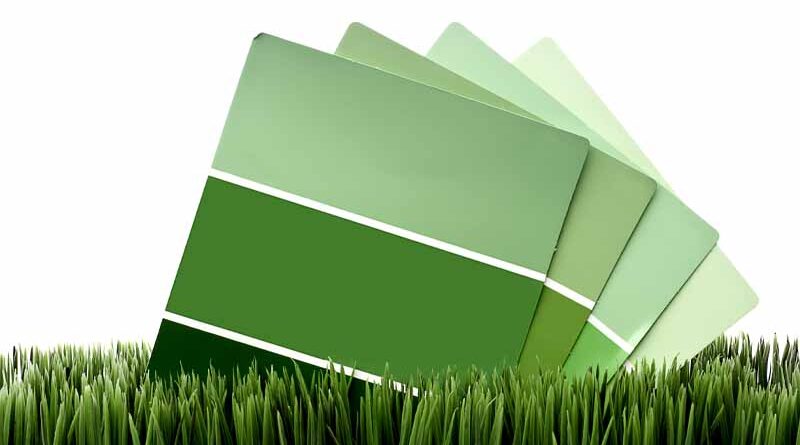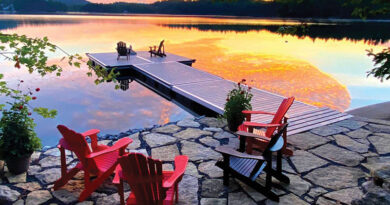A Tapestry of Colour
This is a part of a series of articles based on Jacob’s new book called The Book of Nature Connection – 70 Sensory Activities for all Ages, published by New Society Press and released on April 18th, 2022.
Right now, move your head slowly from side to side. Look around you – all the way around. Notice the incredible shades of colours, the sheen of light reflecting off a table, the subtle texture on paper and the bold lines of ink on this text. Flick your eyes off into the distance and now to something very close by. Notice that you too, have the eyes of a predator – stereoscopic vision that is able to perceive objects in three dimensions. You can gauge both depth and position. But we need both eyes working together to see in 3D. Try this. Hold out your two hands straight in front of you with your index fingers of each hand pointed toward each other. Close one eye. Now slowly bring your fingers together and see if you can get them to touch each other. Now try with two eyes open. It’s easier with two eyes, isn’t it? Each eye gives slightly different information because of its angle to the object. Our brain processes this information and helps us judge distance. And we can see in glorious colour too! With help of special “cones” in the back of our eyes, you can distinguish between one million distinct shades of colour. Or if you are lucky enough to be one of those rare tetrachromats (having the ability to see four distinct primary colours instead of the normal three), you may be able to distinguish between 100 million different shades!
Here are some activities to help you drink in the beauty of nature through your amazing sense of sight:
A Sheen of Green
It is tempting to want to blend everything together in one colour. That forest may just look like a smear of green. But hold a leaf or a blade of grass next to a colour chip and you really become aware of how many shades of green there are. Can you find something in nature that precisely matches the colours below?
How close can you get to a match?
Framing Nature:
Sometimes, just by isolating a small piece of the natural world, you see it in an entirely different way. Try an old photographer’s trick.
• Take one hand and extend it outward. Turn your hand inward with your thumb pointing down and your fingers pressed together. Extend your other hand and flip your hand with your thumb pointing upward. Joint your two hands together and you should have a frame that you can see through.
• Close one eye and scan the natural world for an image that really captivates you.
• Visit an area that has the potential for some eye-catching views. It could be where the edge of a lawn meets the woods, or perhaps a curving hill or a meandering pathway.
• Take with you some rope, twine or string some empty frames and some clothes pins. To make and empty frame, you could simply take a cardboard box and using a utility knife and a ruler cut out the fame with a 1-inch border (a 12” x 12” frame seems to work nicely). Or go to your local paint store and ask for wooden paint stirrers. Simply glue or nail four of these together into a square – now you have reusable nature frames.
Submitted by Jacob Rodenburg, Executive Director of Camp Kawartha, an award-winningoutdoor education centre and summer camp.




